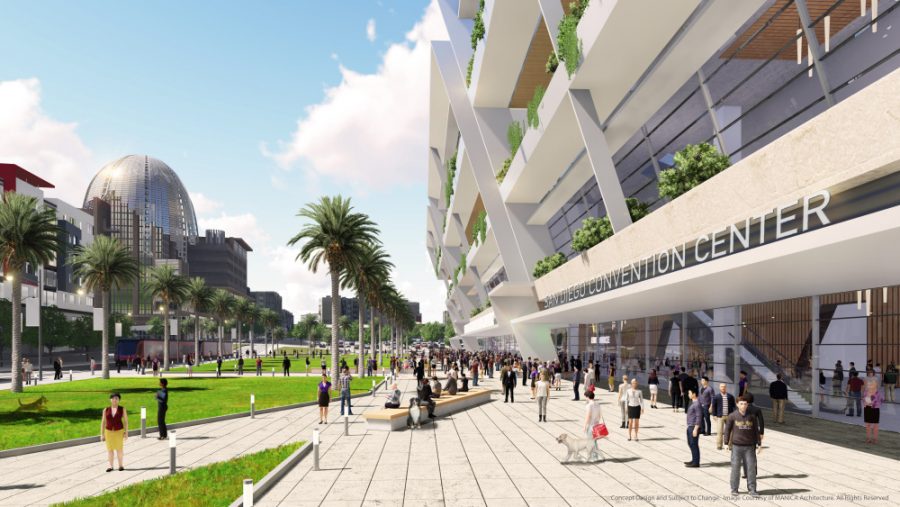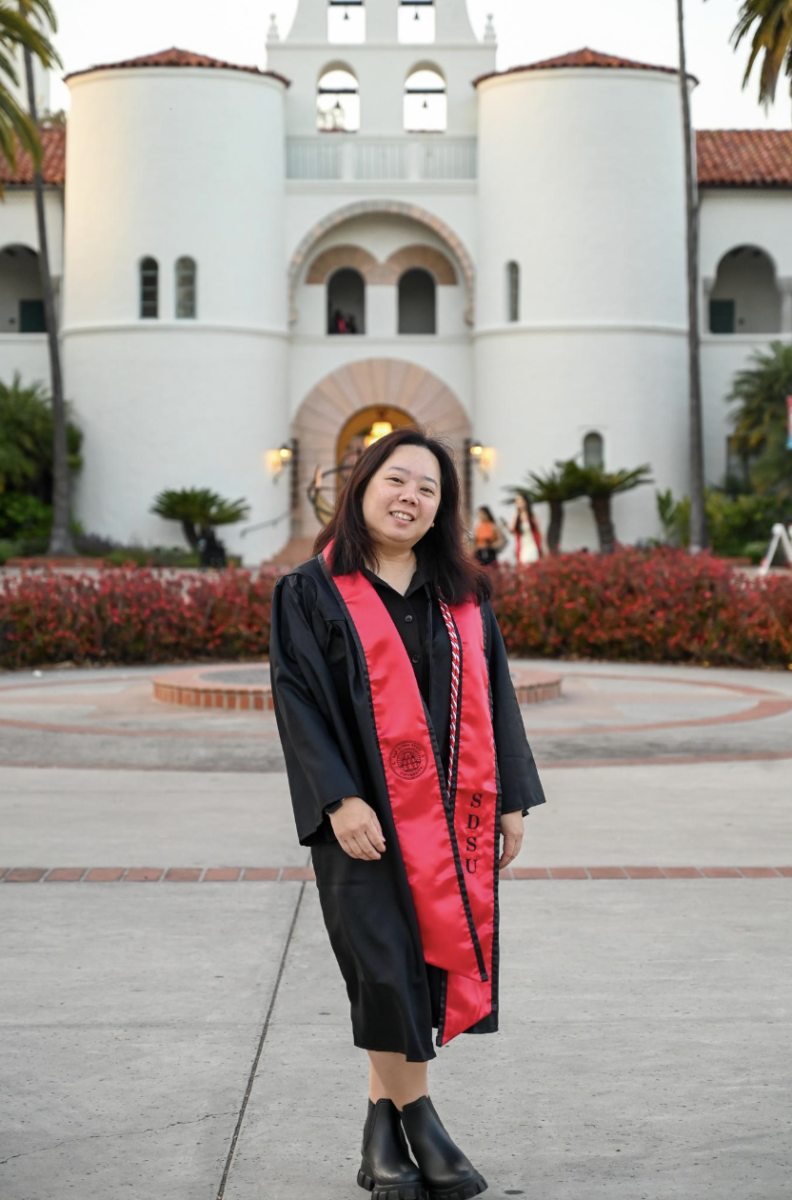This November, a proposition on the ballot, measure C, will determine if the new home for Chargers will be in downtown San Diego.
Critics have raised concerns over what a brand new stadium-convention center with a projected cost of $1.8 billion dollars brings with it.
The largest of these concerns is how much it would cost the people of San Diego, and the short answer is this: nothing.
None of the funding for the stadium would come from the general fund, according to the official initiative for the ballot measure.
$650 million would come from the Chargers and the NFL. The rest would come from selling bonds that will be paid for by a hotel and transient occupancy tax increase from 12.5 to 16.5 percent.
The proposal also includes approximately $36 million for tourism marketing to help jump-start this revenue.
Some are concerned that this tax increase would reduce tourism, but it may behoove them to remember that other cities in California have similar rates. Los Angeles and San Francisco both have rates of 15.5 percent.
A study by the Public Resources Advisory Group, which took into account the 5 percent interest rate for public debts, said if the city reaches a 3 percent increase in revenue for transient occupancy taxes, there should be room for costs to increase 10 percent or stadium revenue to go down 10.5 percent.
These numbers increase exponentially if there is a 4 percent increase, which is less than the city’s conservative 4.5 percent assumption.
Another concern is the possibility of losing the contract the city has with San Diego Comic-Con.
John Rogers, the board president of Comic-Con, has discussed the possibility of moving the massive convention because measure C does not meet their desire of a contiguous convention center expansion.
However, the proposed stadium-convention center promises to be roughly 130 percent the size of the current convention center, and would offer conventions significantly more room, and potentially drawing in more people.
Rogers has said he is willing to review whatever is ultimately chosen.
Additionally, tourism projections go up significantly with the new stadium-convention center and the ability to host events that would not have been hosted before.
With these projections, citizens should be more open to the possibility of not only improving East Village, but also re-allocating funds previously split between two projects.







